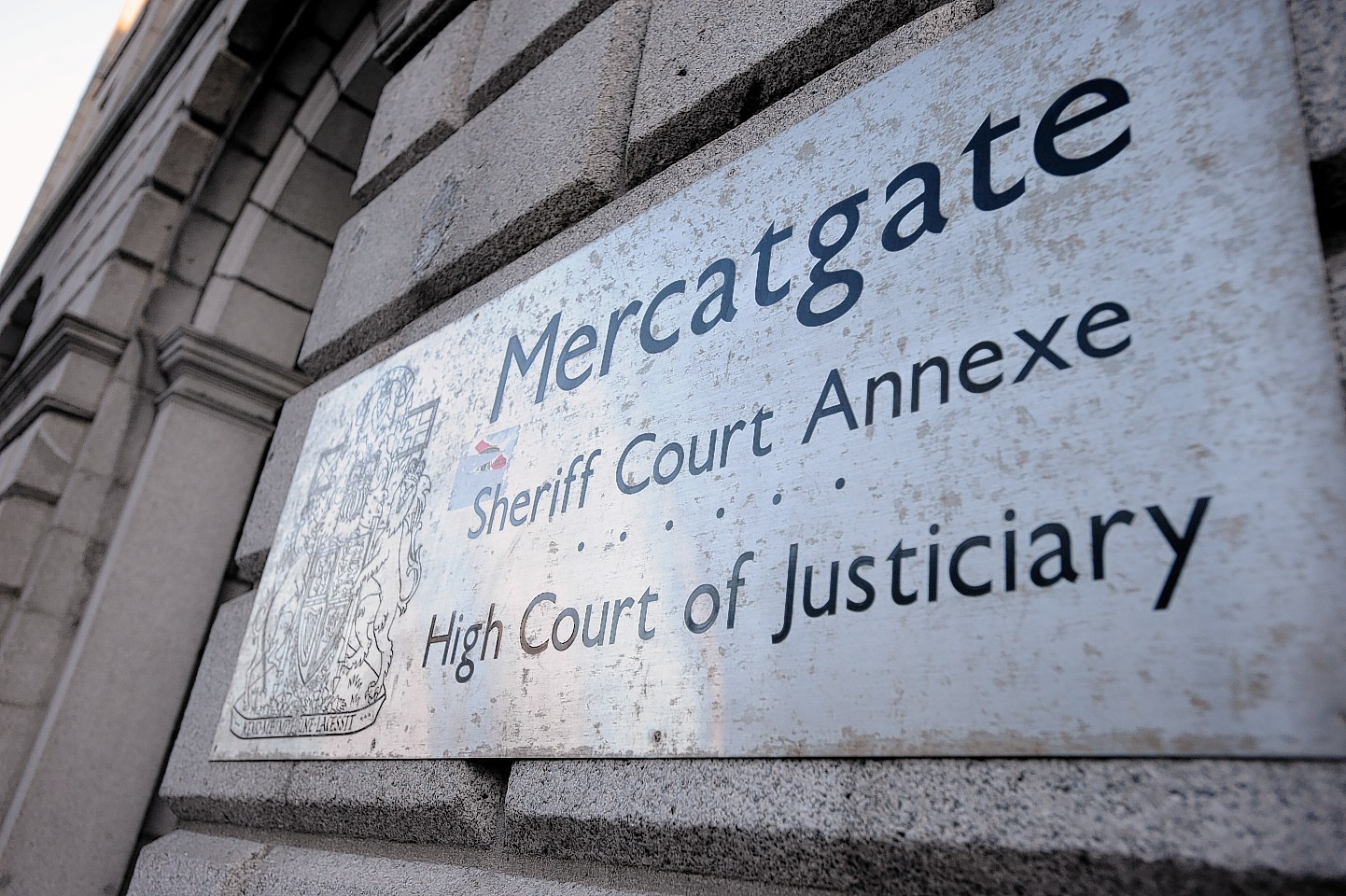A north-east man suffered a “devastating” brain injury after sustaining a blow similar to a boxer’s knockout punch, a jury has heard.
Brain trauma expert Professor Colin Smith was giving evidence yesterday during the trial of Gary Crossan, who is accused of murdering Malcolm “Raggie” Wright in Peter Buchan Drive in Peterhead on January 26.
The 31-year-old, who went on trial at Aberdeen High Court last week, is also accused of a string of other charges including earlier assaults and attempted murder against the same man.
Prof Smith, a world-renowned neuropathologist based at Edinburgh University, examined Mr Wright’s brain after his death.
He told the jury there were clear signs that there was evidence of both a rotational injury, which happens when the brain collides with the skull, and blunt force trauma.
He explained this would most likely have been caused by Mr Wright being punched and falling unconscious to the ground and striking his head.
Prof Smith said it was similar to a “lights out” punch sustained by boxers and it had ultimately caused a blood clot in Mr Wright’s brain.
He said this had continued to expand, and likened it to a box with jelly and a balloon inside with the latter continually inflating until there is no space left.
Prof Smith added that this was left untreated for several hours which ultimately led to irreparable brain damage.
Mr Wright died in Aberdeen Royal Infirmary on February 1, despite brain surgery.
Under cross-examination from defence counsel Shelagh McCall, the professor said there was a slim possibility Mr Wright’s injuries had been exacerbated by brain atrophy or shrinking brought on by alcohol abuse.
However, he said this was “very unlikely”, because the brain was in relatively good condition and weighed “well within” the normal limits.
The jury had earlier heard from Lynsey McKeachan, Crossan’s former partner, who previously claimed she was with the pair following a night at the Grange Inn pub, when the accused assaulted Mr Wright by punching and then kicking him in the head after he fell to the floor.
Miss McKeachan, who broke down several times while giving her evidence, repeated her claims while being cross-examined by Miss McCall.
But she denied that she had punched or pushed Mr Wright.
She told the jury that she had gone home and returned to the property the following day.
Miss McKeachan said she had decided to call an ambulance after Mr Wright, who was “sleeping it off” in a bedroom, began snoring and breathing with difficulty.
Crossan denies all the charges against him.
The trial continues.
